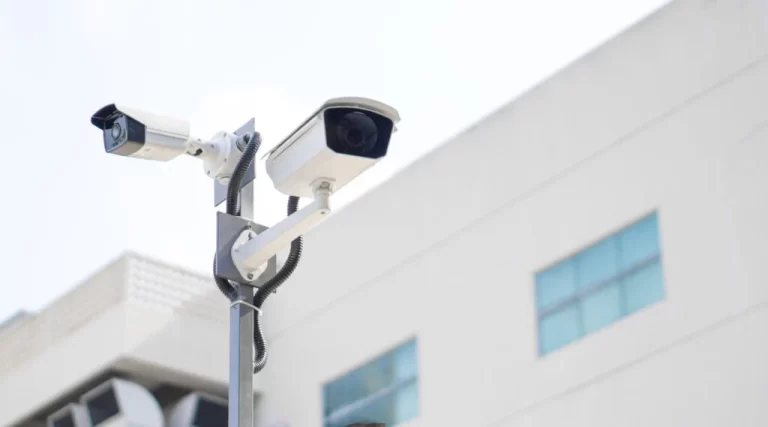What Are the Three Roles of Cyber Security?
What are the three roles of cyber security? Discover the crucial roles of cyber security in today’s digital landscape. Uncover the three essential functions that safeguard our online world.
Read on to learn how cyber security protects individuals, organizations, and governments from cyber threats.

What Are the Three Roles of Cyber Security?
At its core, cyber security serves three essential roles:
Role 1: Protection from Unauthorized Access and Attacks
In this digital age, where data is the new currency, cybercriminals continuously attempt to exploit vulnerabilities in digital systems.
Cyber security takes on the responsibility of protecting against these attacks to maintain the trust of users and ensure secure online experiences.
1. Firewalls and Network Security
Firewalls are an essential component of cyber security that acts as a barrier between a trusted internal network and an untrusted external network, such as the Internet.
They examine incoming and outgoing network traffic and determine whether to allow or block specific data packets based on predefined security rules.
2. Intrusion Detection Systems (IDS)
IDS is a crucial tool that actively monitors network traffic for suspicious activities and patterns that may indicate unauthorized access attempts or potential attacks.
When an IDS detects anomalous behavior, it raises an alert, allowing cyber security experts to investigate and respond to the threat promptly.
3. Encryption
Encryption is a fundamental technique used in cyber security to protect sensitive data from unauthorized access. It involves converting plain text into ciphertext using complex algorithms.
Without the decryption key, the data remains unreadable and unusable to unauthorized individuals.
Role 2: Safeguarding Data and Information

Data is the lifeblood of organizations and individuals, and protecting it from breaches and theft is a paramount concern for cyber security professionals.
1. Data Protection Measures
Cyber security employs various data protection measures, such as access controls, identity and access management (IAM), and data encryption, to ensure data confidentiality and integrity.
These measures ensure that only authorized personnel can access and manipulate sensitive information.
2. Incident Response and Management
Despite rigorous preventive measures, data breaches can occur. Cyber security professionals are prepared with incident response plans to mitigate the damage and quickly recover from cyber incidents.
Timely incident response reduces the impact of breaches and helps organizations regain control of their systems and data.
3. Information Security Auditing and Compliance
To maintain robust cyber security, organizations conduct regular information security audits to identify vulnerabilities and ensure compliance with industry regulations and standards.
These audits help detect and rectify potential weaknesses before they can be exploited by cyber attackers.
Role 3: Preserving Continuity and Resilience
The resilience of digital infrastructure is crucial for the uninterrupted functioning of essential services and critical systems.
1. Continuity Planning
Cyber security professionals work on continuity planning to ensure that essential services and operations can continue even during and after cyber incidents.
This involves creating backup systems, redundant infrastructure, and recovery strategies to minimize downtime.
2. Critical Infrastructure Protection
Governments and organizations rely on cyber security to safeguard critical infrastructure, such as power plants, transportation systems, and emergency services, from cyber threats.
Protecting these assets is essential to prevent potential disruptions that could impact public safety and national security.
3. Disaster Recovery
In the face of large-scale cyber attacks or natural disasters, disaster recovery plans come into action.
Cyber security professionals focus on swift recovery and restoration of affected systems to normal operation, reducing the overall impact of the incident.
Conclusion
As technology advances, cyber security remains a critical aspect of our digital lives.
The three roles of cyber security – protecting from unauthorized access and attacks, safeguarding data and information, and preserving continuity and resilience – collectively play a crucial role in securing our digital landscape.
By understanding and implementing robust cyber security measures, individuals, organizations, and governments can confidently navigate the online world while keeping cyber threats at bay.
READ ALSO!!!






